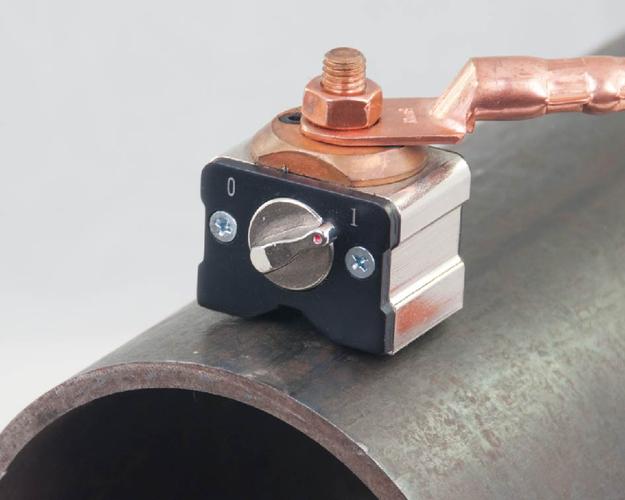Introduction to Rectangular Neodymium Block Magnets
Neodymium block magnets are rectangular bars. Their thickness is marked along the axis of orientation or magnetization. Thickness is more often than not the smallest dimension on a block magnet. Some block magnets are magnetized along their length or width. This happens on long bars as there are customers who prefer magnetization to be in the longest dimension of a block.

If misused or handled, neo-magnets will break. Their edges are known to shatter easily when a block is allowed to forcefully collide with a ferrous material or if it is dropped from a high place. Neodymium magnets are generally brittle and rock-hard on their surface. They only have strong magnetic forces not physical strength and this explains why they break easily.
Neodymium block magnets are also graded. The grade or N-rating of any given block or bar will be shown on the product description page. It shows the strength of a magnet’s force. Of two products rated N40 and N35, the latter is the weakest. Assessing also the dimensions is imperative.
The direction of orientation will be labeled on one of those dimensions. This is if a block was anisotropically produced. An anisotropic magnet has a definite line of orientation or magnetization. It is essential to distinguish between anisotropic and isotropic magnetized pieces prior to making a purchase.
Anisotropic neo block magnet can be magnetized in any direction and because of this, its magnetic field is weaker. A block has many normal uses around the house. Some people embed tiny blocks on a long metal bar fixed on the wall and then stick their big tools to it. Tiny neodymium block magnets can amazingly hold knives, spanners, nails, screwdrivers, and so on. It is imperative to only purchase coated NdFeB magnets as they are protected from corrosion. If they cannot rust they can definitely last longer.
A triple layer coat of nickel, copper, and nickel is commonly used on neodymium pieces. It is durable and superbly protects against oxidation no matter the environment. Plastic-coated items should be avoided where possible. The coating is thought to reduce fifty percent of magnetic field strength.
Since everyone wants the strongest neodymium block magnets, no matter their size, it is imperative to choose other types of magnet coating. What’s more, one may want to research more about each type of plating or coating. Commonly used ones include zinc, tin, copper, nickel, gold, silver, zinc chromate, and titanium among others.
For more information, please visit https://www.stanfordmagnets.com/